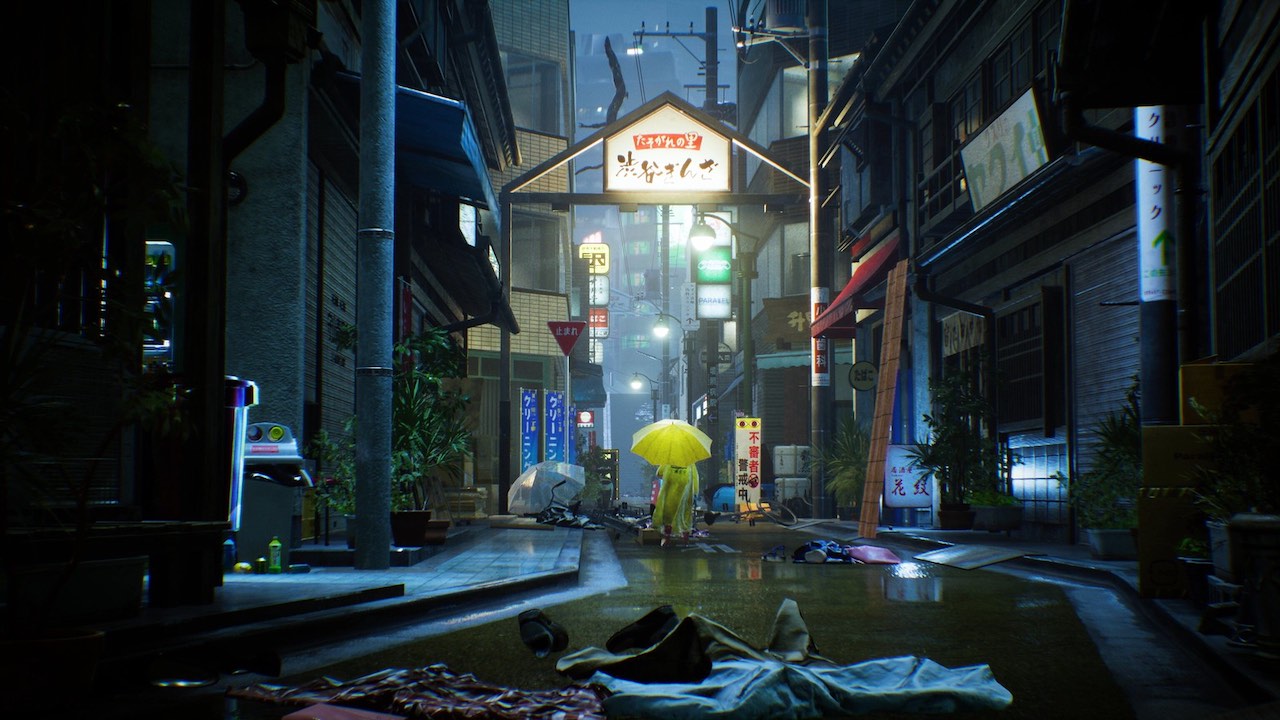Ghostwire: Tokyo director reveals no existing 3D assets were used for the game’s environment, users admire the handcrafted streets of Tokyo

Kenji Kimura, director of Tango Gameworks’ Ghostwire: Tokyo, recently shared insight about the creation of the environment of the game, which is set in Tokyo, Japan. He revealed that the team did not use existing 3D data of Tokyo, but actually walked the streets of the city, building the environment by hand, which has drawn peoples’ attention to the title once again.
Ghostwire: Tokyo is an action-adventure game set in modern-day Tokyo, where most of the population has disappeared due to mysterious supernatural phenomena. The player teams up with a vengeful spirit to explore the city overthrown by paranormal beings and ghosts. The protagonist strives to uncover the truth behind the large-scale disappearance of humans while using his spirit-based powers to fight. Ghostwire: Tokyo was released in March 2022 for PC (Steam/Epic Games Store)/PS5, with favorable reception. A PC (Microsoft Store)/Xbox Series X|S version was also released in March 2023.
The map of the game depicts the streets of Tokyo, focusing on the Shibuya area, and features homages to locations such as the Shibuya Scramble Crossing, Tokyo Tower, Shibuya 109 and Yanaka Ginza. The game’s environment was praised not only for these prominent landmarks, but also for the realism with which regular scenery is depicted, successfully conveying the atmosphere of the real-life locations.
Commenting on the in-game city of Tokyo, one user questioned if it was “created by someone with knowledge of real-estate.” In their post, they attach a screenshot from the game that shows a vacant plot of land amidst a row of desolate houses, and they speculate that the specific plot was left vacant and abandoned because of the cluster of buildings around it that closed off its access to the street. They also pose the question of whether (existing) 3D data of Tokyo was used to make the in-game environment.
The specific lot of land being vacant due to a real-life legal reason, and further being purposefully depicted as abandoned by placing details such a junk car and litter is understandably enough of a reason to presume that someone informed in real-estate was involved in the creation of the environment, or that it was a result of using existing 3D assets. Although it is unclear what kind of 3D data the original poster had in mind, one example would be the Project PLATEAU by Japan’s Ministry of Land, Infrastructure, Transport and Tourism, which includes open-source 3D data of Japanese cities, including all 23 wards of Tokyo.
However, according to the game director’s reply to the post, such community data was not used, but rather, the creation was based on real-life observation and research. Kenji Kimura also mentions receiving full support from The Tokyo Tower Company for creating the in-game Tokyo Tower. In order to use the Tokyo Tower commercially (its shape, appearance) one must obtain permission from the rightsholders. Perhaps cooperation between the two sides was established during this process.

Takuya Jinda, the lead environment designer of Ghostwire: Tokyo, once said in an interview with IGN Japan that there are not so many points in the game that recreate entire specific areas of Tokyo, but that the environment features a convincing mix of various elements of the city of Tokyo. The interview also includes a number of photos taken during research. Rather than using existing assets, the team recreated the Tokyo which they were able to observe with their own eyes.
According to Jinda, all the objects in the city were also placed by hand by the staff. Kimura had explained that they felt that “as Japanese people who grew up looking at Japanese landscapes, it was unacceptable to just place things haphazardly.” It was this kind of attention to detail that led to the completion of the Tokyo map for this project. Kimura’s statement in reaction to the previously mentioned player’s post gathered a lot of attention, reigniting peoples’ admiration for the game.
Written by. Amber V based on the original Japanese article (original article’s publication date: 2023-08-21 18:27 JST)




